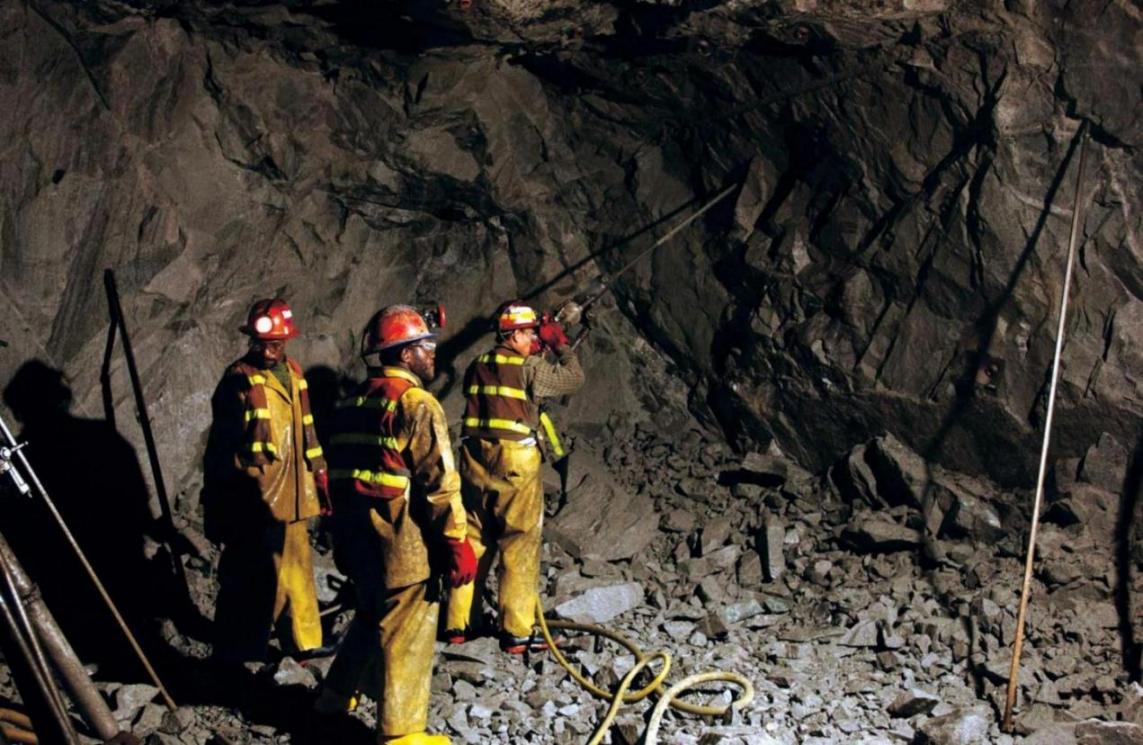The Islamic Parliament Research Center has conducted an investigation into the setbacks the country’s coal sector suffers from, the most important of which is traditional extraction techniques and monopsony in the market, Eghtesad-News reported.
The center has released a report suggesting that it is high time the country put an end to 40 years of traditional and manual extraction techniques as such outdated methods are extremely inefficient and cause a substantial increase in final costs.
Another serious challenge facing the coal sector, the report argues, is the fact that exploring, extracting, and exploiting coal mines in Iran were first launched to meet the needs of Isfahan Steel Company (Zob-e Ahan). However, when the steel company was privatized, no one took care of all the coal mines affiliated to Zob-e Ahan and therefore these mines have been engaged in disputes with the steel company for the past few years over the prices and purchasing conditions.
Based on the report, some coal mines also suffer from low quality of coal concentrate due to old technology which renders their product non-competitive.
Proposed Solutions
The research center has proposed a number of solutions to help improve the sorry state of affairs in the coal sector:
- Adopting effective strategies by the ministry of industry, mine and trade to mechanize old coal mines;
- Shutting down losing coal mines and laying off the staff through government resources;
- Redesigning automation technologies and process control systems which will in turn reduce the costs and improve the quality of products;
- Paying off the private sector’s overdue debts;
- Establishing new facilities to process coal concentrate;
- And, offering loans via the National Development Fund of Iran (NDFI).
Currently, the final cost of coal in almost all coal mines is higher than the base prices. A considerable portion of the costs arises from the wages which stand at 29% of the final cost, followed by maintenance and spare parts costs which accounts for 19.8% of the final cost. Apart from Tabas Coal Mine in the east, nearly all the other coal mines in the country have low labor productivity and outdated extraction technologies.
There are 184 coal mines in Iran, out of which 27 are state-owned, 140 are private and the remaining 17 belong to the cooperatives. More than 60 coal mines are inactive, while 11 are being equipped at the moment. The biggest coal reserves are located in northern and central regions of the country, particularly around Alborz Mountains as well as Kerman and Tabas.
There are no major export markets for the Iranian coal and the only potential importer is Turkey. However, export to Turkey has not been regular during the past 14 years and on several occasions Iran even imported coal, despite the fact that it has the biggest coal reserves in the Middle East.


